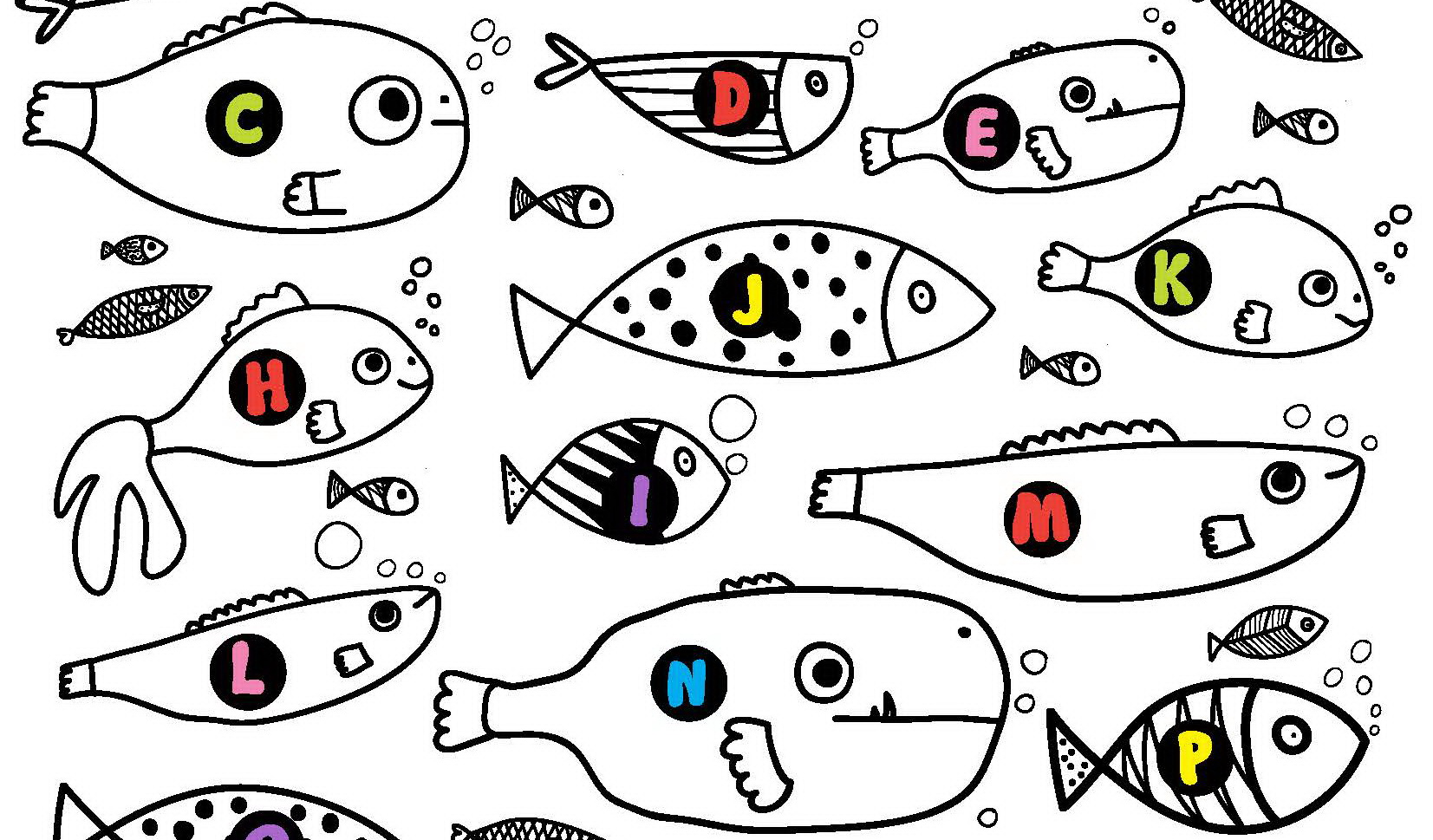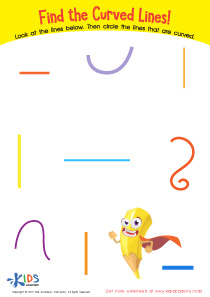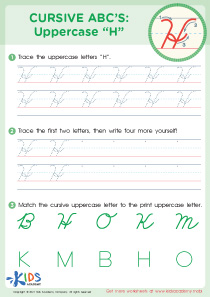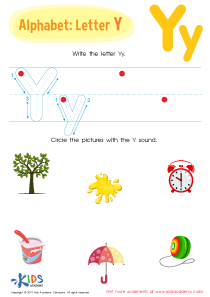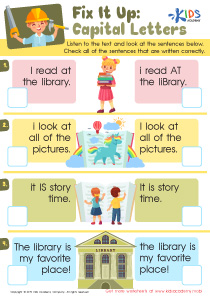Letter Tracing ABC Letters Worksheets for Ages 4-6
6 filtered results
-
From - To
Discover our engaging Letter Tracing ABC Worksheets designed specifically for children aged 4-6! These printable worksheets provide a fun and interactive way for young learners to master letter formation and improve fine motor skills. Each worksheet features colorful illustrations and straightforward instructions, making tracing both enjoyable and educational. Your little ones will confidently recognize and write uppercase and lowercase letters, setting a strong foundation for their literacy journey. Perfect for home or classroom use, our resources support early learning development and build essential writing skills. Foster a love for letters and learning with our delightful tracing worksheets today!
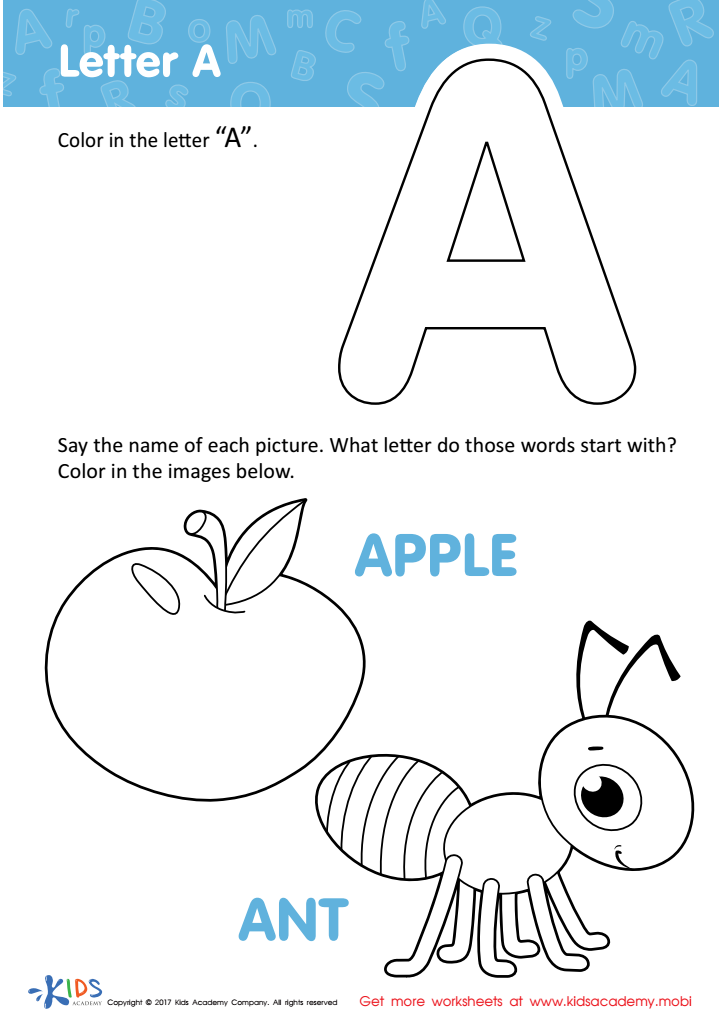

Letter A Coloring Sheet
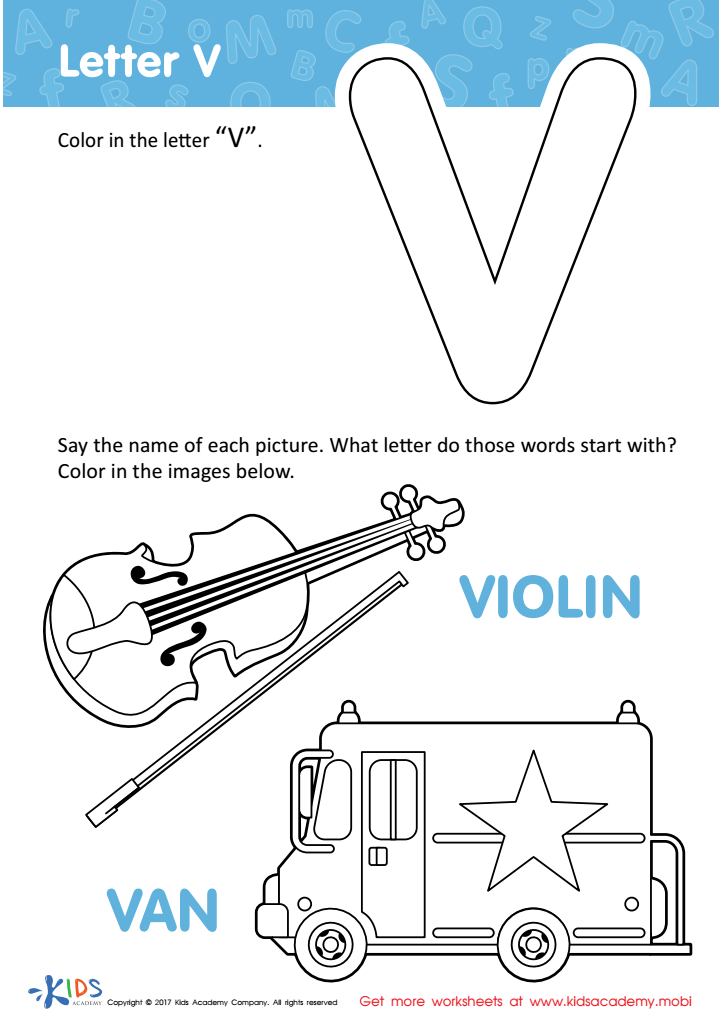

Letter V Coloring Sheet
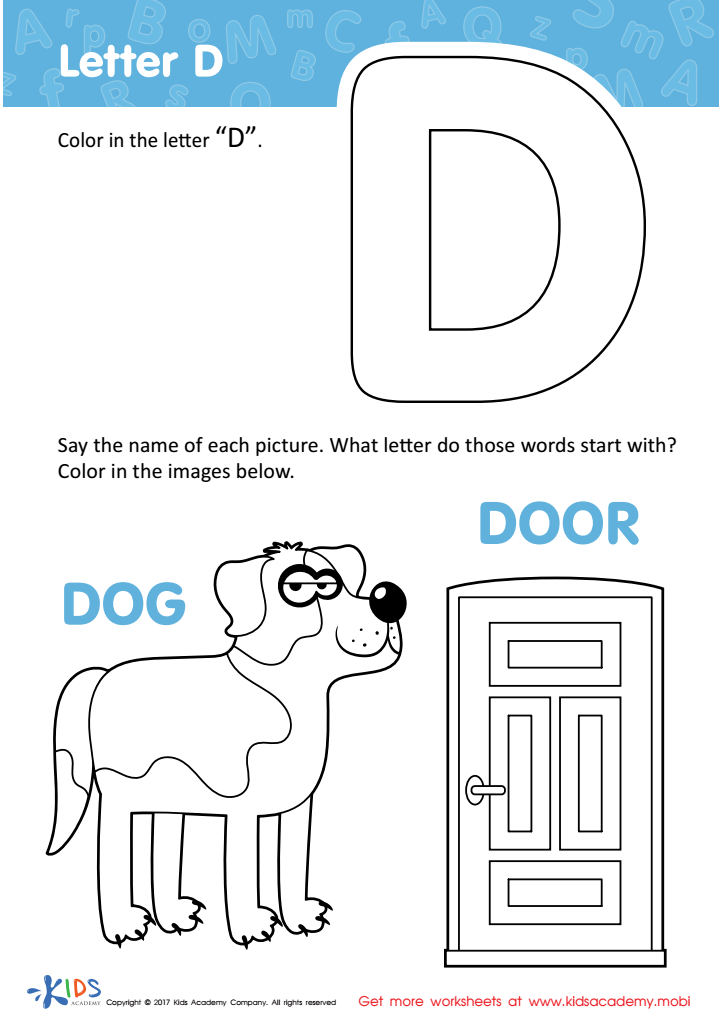

Letter D Coloring Sheet
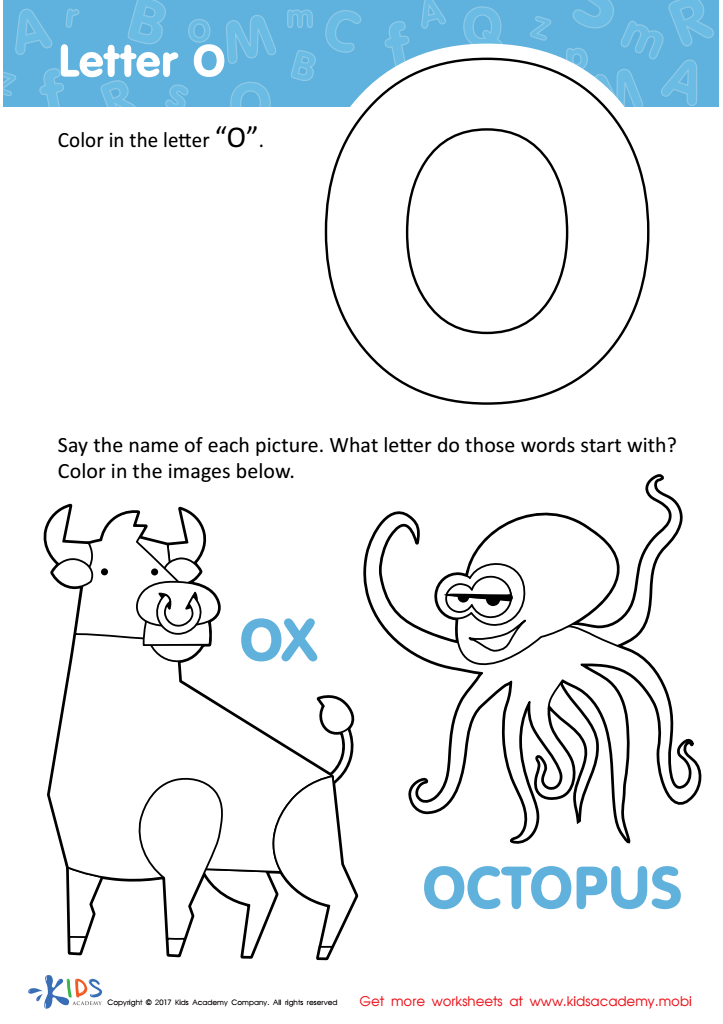

Letter O Coloring Sheet
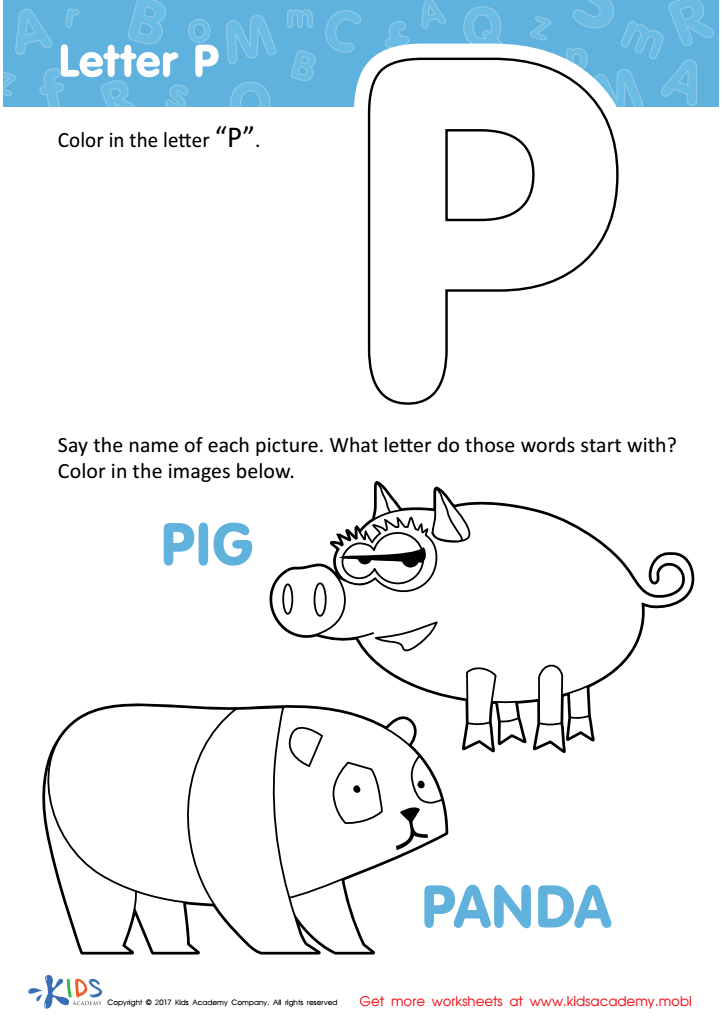

Letter P Coloring Sheet
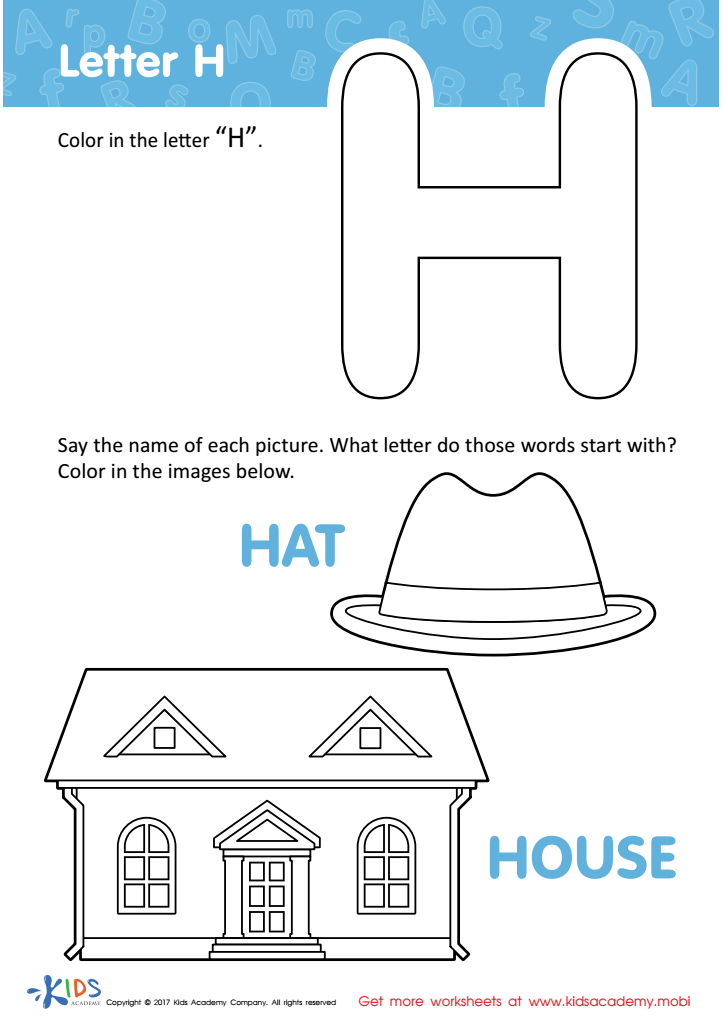

Letter H Coloring Sheet
Letter tracing is a fundamental activity for children ages 4-6, and it offers numerous benefits that parents and teachers should prioritize. This age range is critical for early literacy development, as children's fine motor skills and pre-writing abilities begin to take shape. Tracing letters helps them learn proper letter formation and improves hand-eye coordination, which are essential for writing.
Moreover, letter tracing supports the recognition of both uppercase and lowercase letters, fostering phonemic awareness that aids in reading proficiency. As children trace letters, they simultaneously reinforce their knowledge of letter sounds, bridging the gap between visual recognition and auditory skills vital for reading development.
Additionally, letter tracing can be a fun and engaging activity, catering to various learning styles. It can be integrated into creative projects and worksheets, making learning interactive. When incorporated with themes or subjects of interest, it captures children's attention, ensuring they remain motivated.
Ultimately, encouraging letter tracing not only lays down a solid foundation for literacy but also instills a sense of accomplishment and confidence as children progress. Therefore, parents and teachers should recognize its value and incorporate it into everyday learning activities, enabling young learners to thrive in their educational journey.
 Assign to My Students
Assign to My Students




